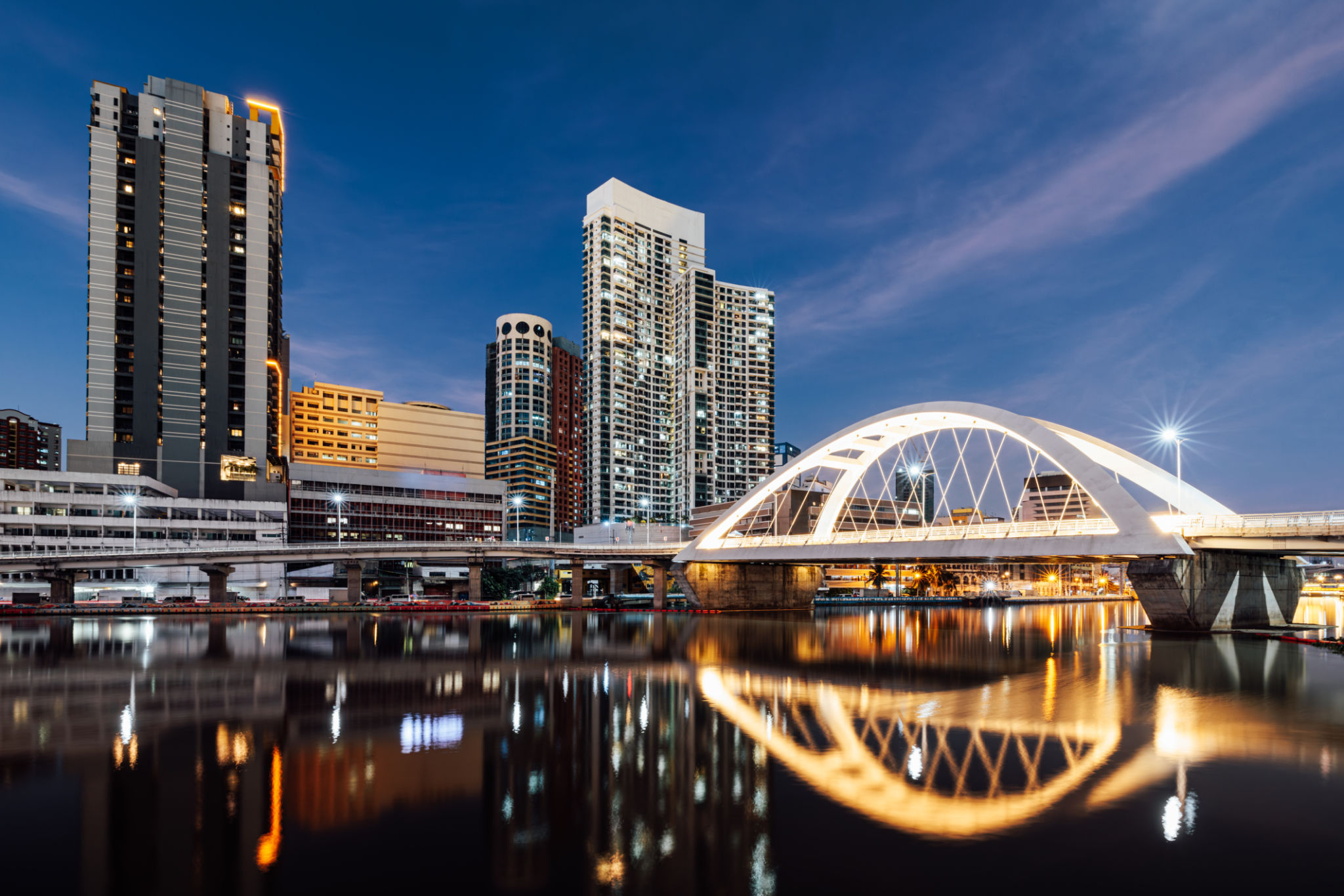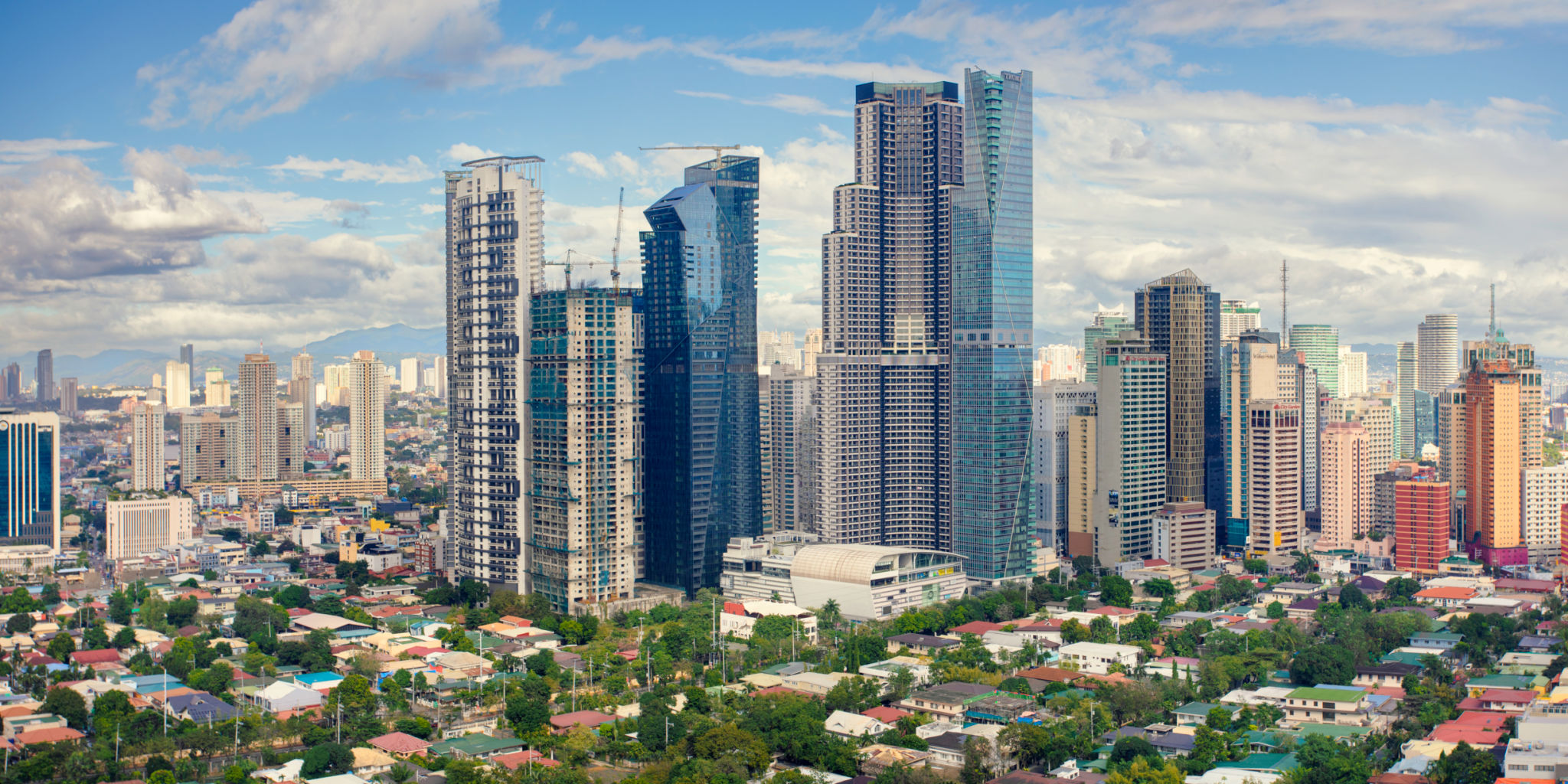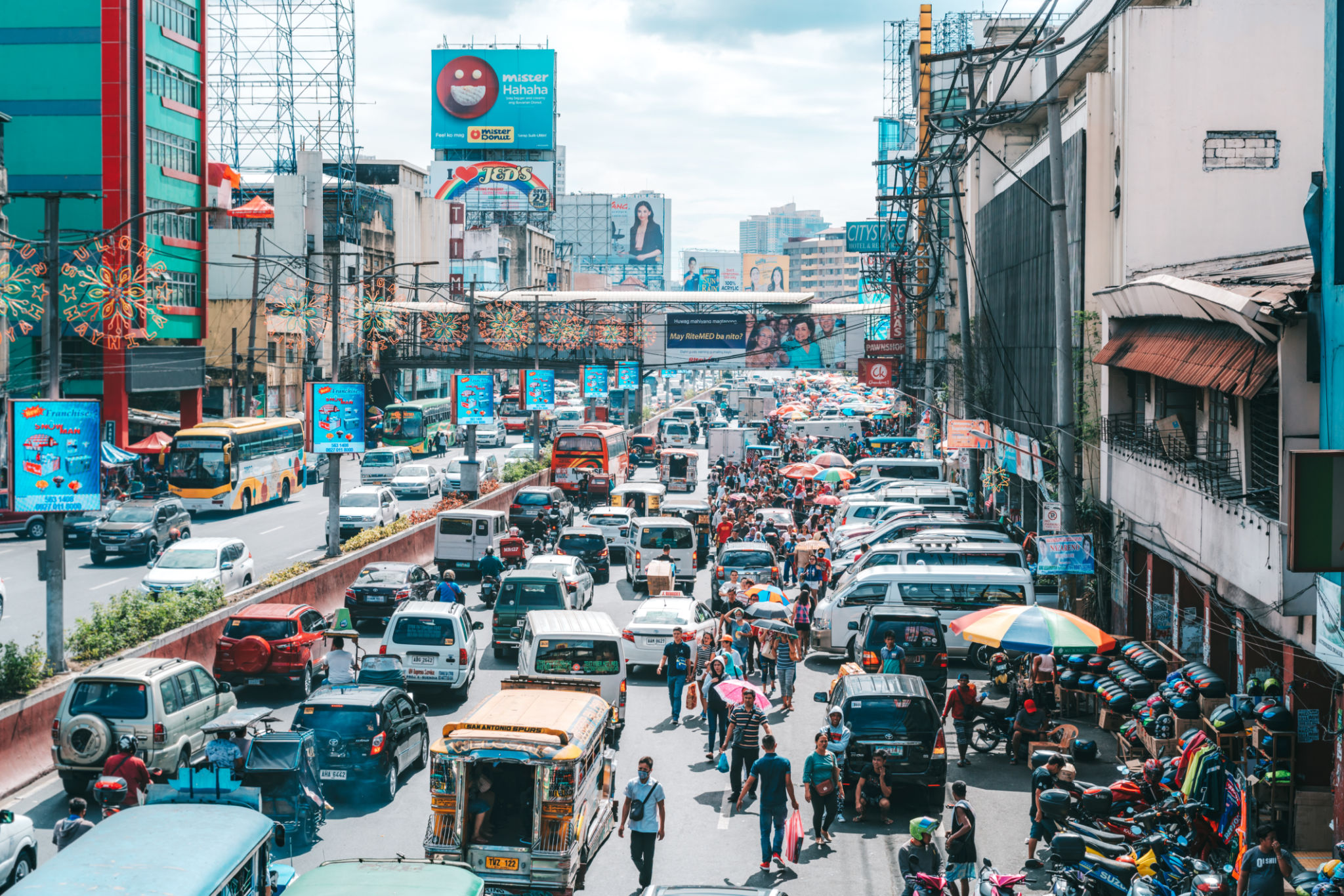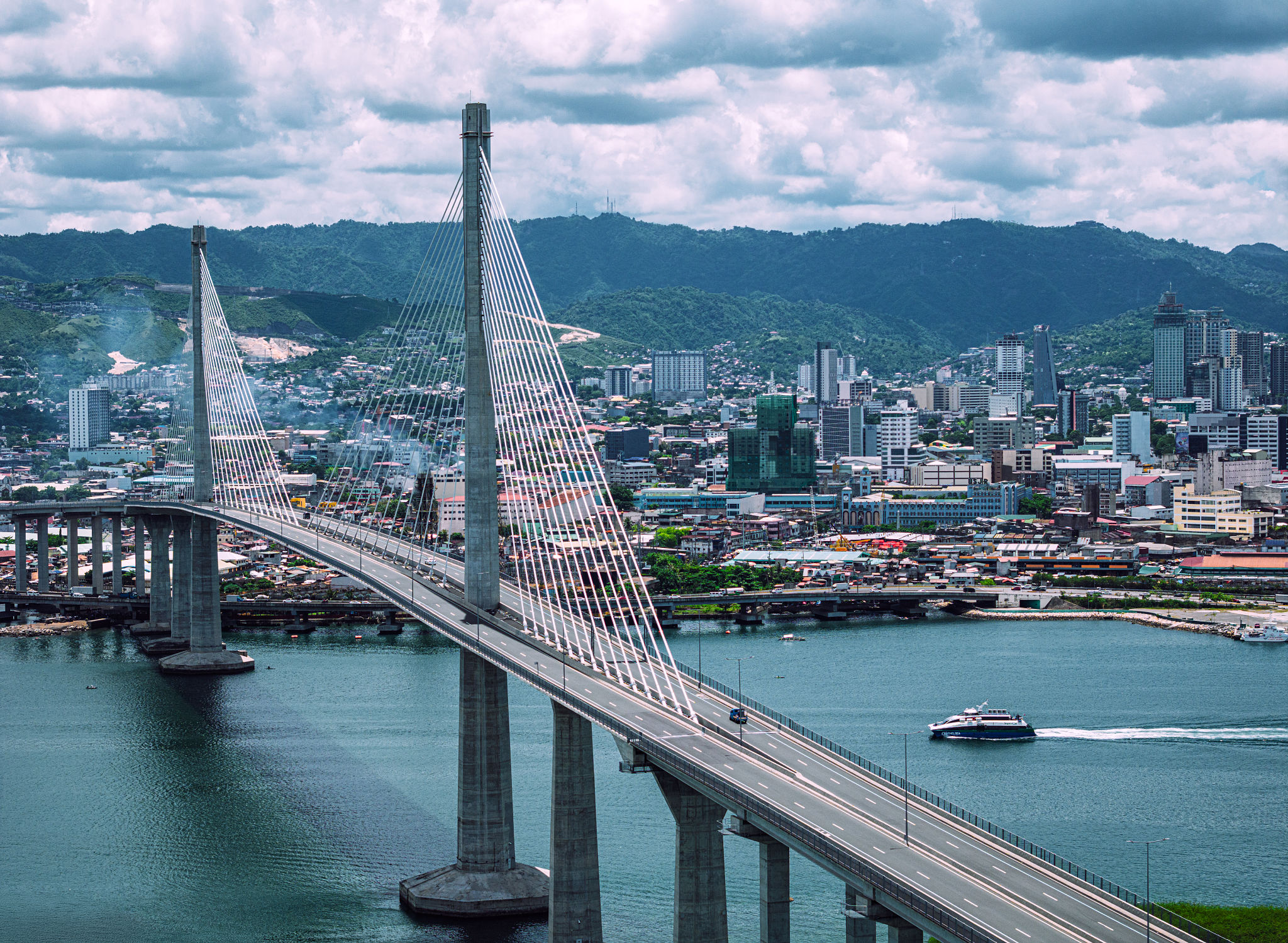The Impact of New Property Launches on Metro Manila's Real Estate Landscape
Understanding the Dynamics of Metro Manila's Real Estate Market
Metro Manila, the bustling heart of the Philippines, is continuously evolving with new property launches reshaping its real estate landscape. These developments are not just about adding more buildings; they signify a transformation in urban living, lifestyle, and investment opportunities. As the city grows, understanding these dynamics becomes crucial for potential investors, homeowners, and policymakers.

The Surge of New Property Launches
In recent years, Metro Manila has witnessed a surge in new property launches. Developers are responding to the increasing demand for both residential and commercial spaces. This rise is fueled by the country's rapid economic growth, a burgeoning middle class, and increased foreign investments. The influx of new properties offers a diverse range of options for different market segments, from affordable housing to luxury condominiums.
Shifting Preferences and Urbanization
The new property launches in Metro Manila are also a response to shifting consumer preferences. Urbanization has led to a desire for more integrated community living where residents can access amenities such as shopping centers, schools, and offices within walking distance. These developments cater to the modern lifestyle, offering convenience and connectivity that were previously lacking in older urban layouts.

Economic Implications of Property Developments
The economic implications of these new property launches are significant. For one, they create jobs and spur economic activities in construction and related industries. Moreover, they attract foreign investments, contributing to the country's GDP growth. The thriving real estate market also boosts related sectors such as retail, hospitality, and services.
Challenges and Considerations
Despite the positive impact, there are challenges that come with the rapid pace of property development. Infrastructure needs to be upgraded to support the growing population. Traffic congestion and environmental sustainability are pressing issues that developers and government bodies need to address. Balancing growth with livability is essential to ensure that Metro Manila remains a desirable place to live and work.

The Role of Government and Policy
The government plays a pivotal role in shaping Metro Manila's real estate landscape through policies and regulations. Zoning laws, tax incentives for green buildings, and investment in public infrastructure are some areas where policy can drive positive change. Collaborative efforts between the public and private sectors are necessary to create a sustainable urban environment.
Future Outlook: What Lies Ahead?
Looking ahead, the future of Metro Manila's real estate market appears promising yet challenging. As technology continues to influence how we live and work, smart cities with tech-integrated solutions are likely to become more prevalent. Developers who innovate and adapt to these changes will lead the way in shaping the city's future.
In conclusion, new property launches are a significant force in transforming Metro Manila's real estate landscape. While they present opportunities for growth and development, they also pose challenges that need careful consideration and strategic planning. By addressing these issues proactively, Metro Manila can continue its journey toward becoming a world-class metropolis.

